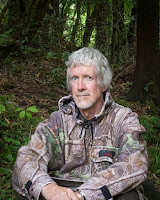
On the way back from a wonderful visit to catch up with friends in Eastbourne I stopped for a break near Levin. The Tararua Range lay behind rain cloud (as is often the case), but something about the layers of landscape prompted me to fish the camera out. After a few so-so photographs I changed lenses and tried again, and as I did so I noticed a bird (possibly a thrush but I'm not sure) speeding past. I pressed the shutter button almost by instinct.
[30 March 2014, Olympus OM-D EM-1, 12–40mm f/2.8 at 40mm, ISO 400, 1/320 at f/8]
All content © 2014 Pete McGregor
















